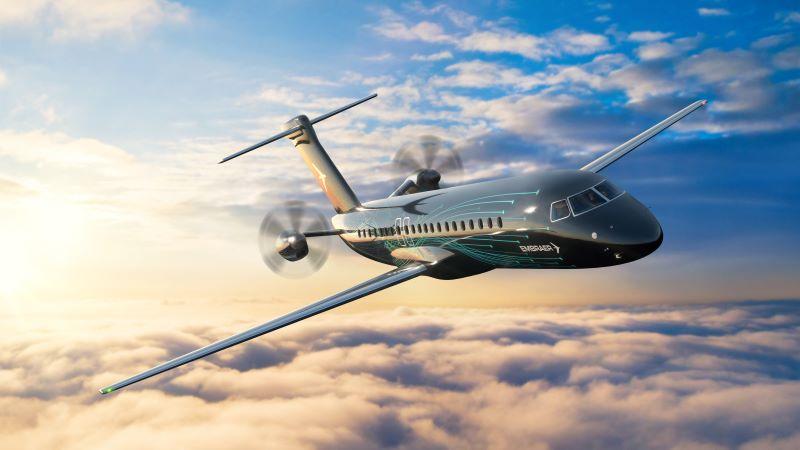Embraer Delays Turboprop Launch to Early 2030s
Embraer, a key player in the global aerospace industry, has recently announced a significant rescheduling of its much-anticipated turboprop aircraft launch. Originally slated for the late 2020s, the Brazilian manufacturer has now shifted the debut to the early 2030s. This change marks a pivotal moment in Embraer’s strategy as it navigates the evolving demands of the aviation market.
Embraer Postpones Turboprop Launch to 2030s
Embraer has officially confirmed the delay of its turboprop aircraft project, a move that pushes the launch timeline into the next decade. This decision comes after months of speculation within the industry, as the company reassesses its priorities amidst shifting market dynamics. The turboprop initiative, which was expected to redefine regional air travel with its emphasis on efficiency and sustainability, will now undergo further development to align with Embraer’s long-term strategic objectives.
The delay in the turboprop’s launch is largely attributed to the challenges posed by the current economic environment, including fluctuating demand in the regional aircraft sector. Embraer is reportedly using this time to refine the aircraft’s design and technological capabilities, ensuring it meets future market needs. While the postponement may disappoint some stakeholders, it reflects Embraer’s commitment to delivering a product that embodies advanced innovation and caters to the evolving landscape of air travel.
Furthermore, the decision underscores Embraer’s focus on integrating sustainable practices and cutting-edge technology into its aircraft. By postponing the launch, the company can incorporate the latest advancements in materials and propulsion systems, potentially enhancing the environmental performance of the turboprop. This approach aligns with a broader industry trend towards greener aviation solutions, a critical factor that Embraer appears keen to address in its upcoming models.
Strategic Shift Affects Aircraft Development Timeline
This revision in the development timeline is also a response to the competitive pressures within the aerospace industry. With major players intensifying their focus on next-generation aircraft, Embraer is positioning itself to remain at the forefront of innovation. The delay allows the company to strategically allocate resources and fine-tune its technological capabilities, ensuring that its turboprop aircraft will be competitive in a rapidly evolving market.
Moreover, Embraer’s decision reflects a strategic focus on strengthening its existing portfolio before expanding into new product lines. By prioritizing the optimization of its current aircraft models and services, the company aims to consolidate its position in the market while laying a solid foundation for future growth. This approach not only mitigates risks associated with launching new products but also enhances Embraer’s ability to adapt to changing market conditions.
Embraer’s decision to delay the launch of its turboprop aircraft to the early 2030s underscores a deliberate and strategic recalibration of its aerospace ambitions. While the postponement may challenge short-term expectations, it ultimately reflects a prudent approach to align with long-term market trends and technological advancements. As Embraer continues to navigate the complexities of the aviation industry, its commitment to innovation and sustainability remains a key driver of its future success.



